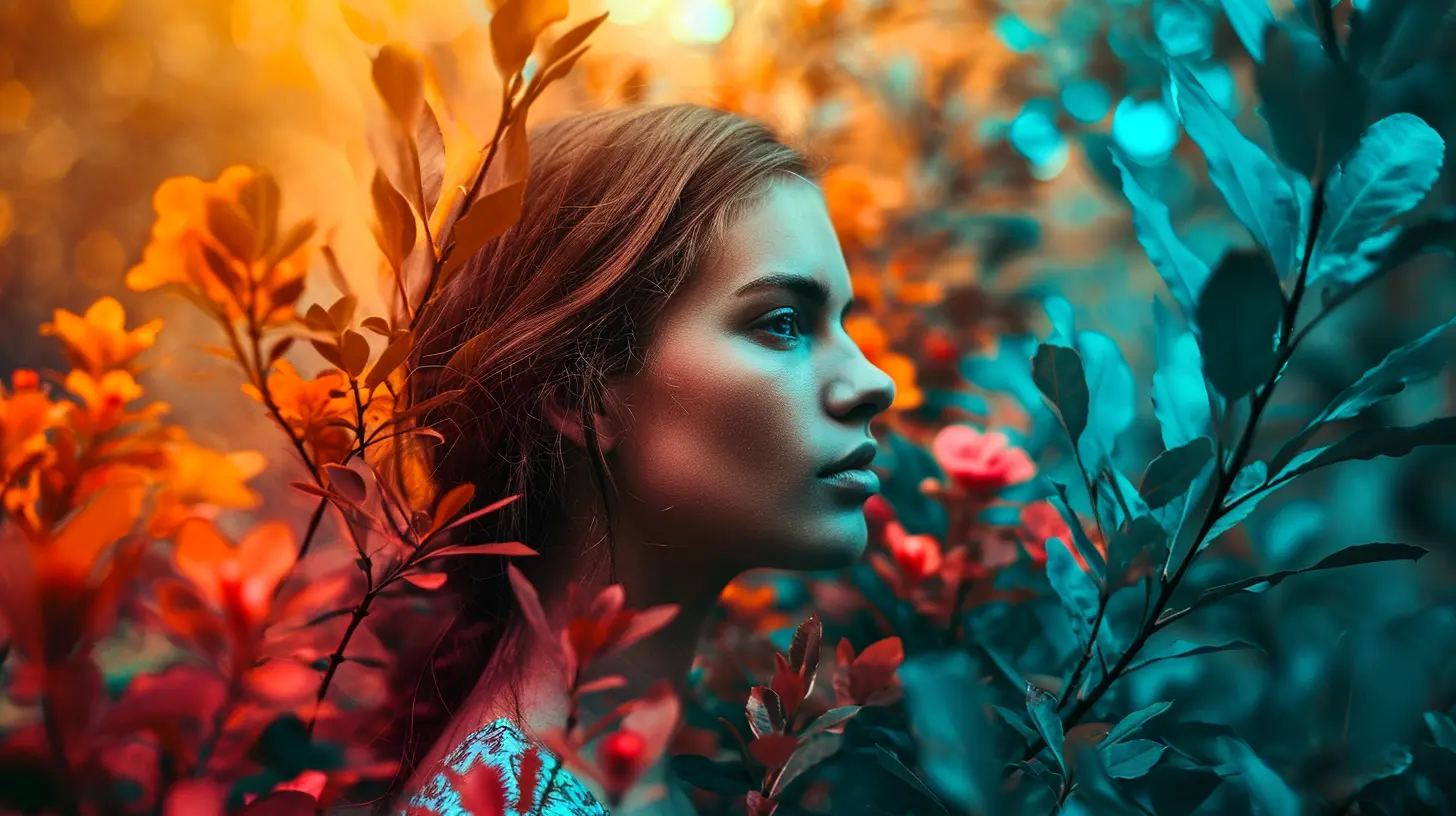The Art of Color Grading- Elevating Your Photography Edits

Color grading is an essential part of photography edits as it allows photographers to convey a particular mood or evoke specific emotions in their images. By subtly adjusting the colors, tones, and contrast, photographers can elevate their photos from being ordinary to extraordinary. The right color grading can create a cohesive look throughout a series of images, tie together the visual storytelling of a project, and establish a signature style for a photographer. It sets the mood and atmosphere, whether it’s a warm and inviting feel for a wedding photo, a moody and dramatic ambiance for a portrait, or a vibrant and energetic tone for a fashion shoot. Overall, color grading plays a crucial role in enhancing the visual impact of photographs.
Understanding Color Theory
Understanding Color Theory is essential for any photographer looking to elevate their photography edits. Color theory encompasses the principles of how colors work together and the emotions they evoke. When applied to photography edits, it can make a significant difference in the final outcome of an image. Understanding the basics of color theory, such as the color wheel, complementary colors, and color harmony, can help photographers make informed decisions when adjusting the colors in their photographs. For instance, knowing how to use complementary colors to create contrast or understanding color harmony to achieve a balanced and visually appealing composition can be a game-changer in post-processing. By delving into the principles of color theory, photographers can take their editing skills to the next level and create stunning visuals that resonate with their audience.
Tips for Effective Color Grading
When it comes to creating impactful photography edits through color grading, there are several practical tips that can elevate the visual appeal of your images. Firstly, understanding the mood and atmosphere you want to convey in your photo is crucial in determining the color grading approach. Experimenting with the white balance, exposure, and contrast can help in achieving the desired mood. Additionally, paying attention to the color wheel and using complementary colors can create a harmonious and visually appealing composition. Furthermore, utilizing selective coloring techniques can draw attention to specific elements in the photograph, creating a dynamic visual impact. Lastly, maintaining a cohesive color scheme throughout a series of photos can tie your body of work together, establishing a distinct and recognizable style.
Recommended Tools for Color Grading
When it comes to color grading, having the right tools can make all the difference in achieving the perfect edit for your photography. Some of the most recommended software and apps for color grading include Adobe Lightroom, known for its intuitive interface and powerful editing capabilities. Another popular choice is Adobe Photoshop, which offers a wide range of tools and plugins for precise color adjustments. For those looking for a more automated approach, presets and filters from apps like VSCO and Snapseed can provide a quick and effective way to enhance color in your images. Additionally, professional color grading software like DaVinci Resolve offers advanced features for filmmakers and photographers seeking a high level of control and precision in their color editing process. By leveraging these tools, photographers can elevate their edits and bring their creative vision to life with stunning and impactful color grading.
Mastering the Art of Color Grading
Mastering the art of color grading is essential for elevating photography edits to the next level. To achieve precise color grading, it’s important to understand the impact of different color tones and how they can evoke specific emotions or moods in an image. Utilize advanced insights such as the use of complementary and contrasting colors to create dynamic and visually striking compositions. Experiment with color grading techniques to enhance the overall mood and atmosphere of a photograph, whether it’s through subtle adjustments to achieve a natural and authentic look or bold changes to create a dramatic and stylized effect. Paying attention to the finer details such as skin tones, shadows, and highlights can make a significant difference in the overall visual impact of the image. Additionally, mastering the advanced tools and features of photo editing software will provide you with greater control and precision in achieving the desired color grading effects.
